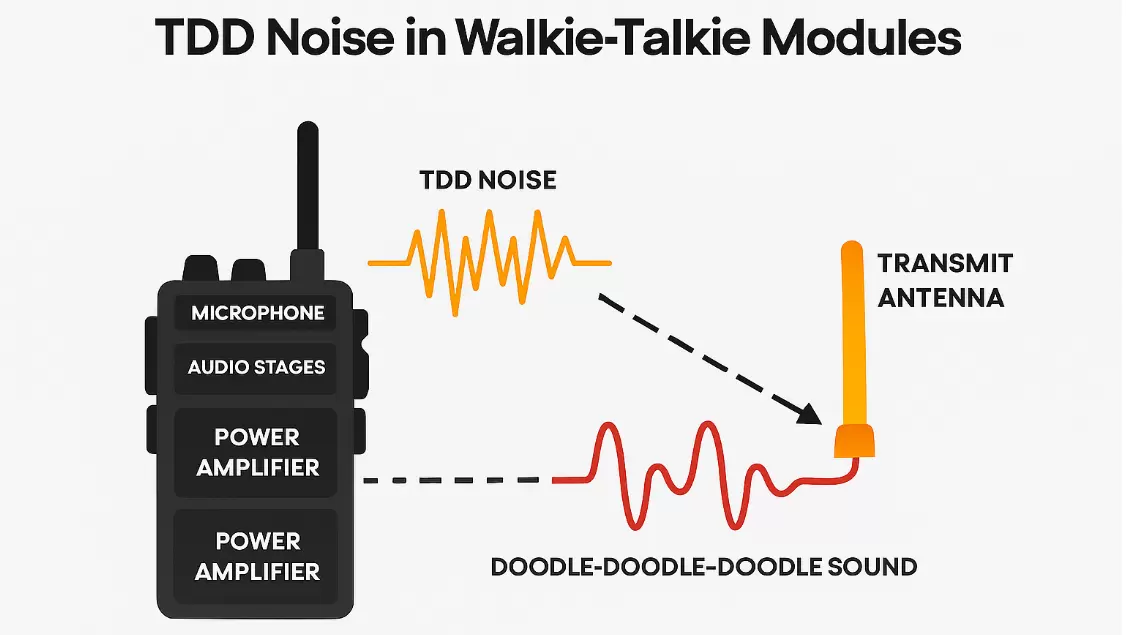How the wireless module realizes relay in long-distance transmission
May . 2022
1. What is wireless relay?
The so-called wireless relay is able to forward the wireless information sent by the wireless sender, so that the wireless target terminal can receive the information from the sender.
In a link, there can be multiple wireless relays, not only one wireless relay is allowed to exist. The more wireless repeaters, the longer the transmission time, but the longer the transmission distance. In a wireless relay link, the wireless terminal can realize bidirectional transmission and reception, as long as the wireless module can both receive and transmit. Many of the traditional wireless modules can only receive or send; some have both the transceiver function, but the transceiver conversion requires user operation, which is very inconvenient to use. NiceRF's wireless modules are all integrated with transceiver, which is very convenient to use. When the module does not send data, it is in the receiving state and can receive wireless signals in the same frequency band; when the module receives the data sent by the user equipment through the serial port, it will automatically Switch to the transmit mode, send the received data, and fully realize automatic switching of sending and receiving. Using this type of wireless transceiver module, a two-way transmission wireless relay link can be formed to realize long-distance transmission.
2. The realization of wireless relay
The implementation of the wireless relay is very simple and the cost is relatively low. The following will take the wireless module of NiceRF as an example to illustrate.
NiceRF's wireless transceiver module is converted to serial port. Data can be sent and received through the serial port. The user writes a driver wirelessly and sends data to the serial port of the module, and the module can start transmitting. After receiving the data, the receiving end prints out the data through the serial port. For users, it is very convenient to use, and it is also very simple and convenient to implement relay.
As shown in the figure below, if wireless terminal A needs to send data to wireless terminal B, because the transmission distance is too far, A directly sends it to B, but B cannot receive it. In this case, the relay can be used to realize the transmission of A to B. There are two main ways to realize the relay, one is to use the relay with MCU, and the other is to use the relay without MCU. Both methods have their own advantages and disadvantages.

①Relay method of wireless relay with MCU
The relay with MCU can use transparent transmission or fixed-point transmission. Transparent transmission is what data is sent to the radio through the serial port, and the receiving end outputs the corresponding data after receiving it. If terminal A wants to transmit data to terminal B, and there are multiple relays N1N2N3N4N5...Nn in the middle, because the relay has MCU, after the first relay receives the data from terminal A, it needs to Change its own address to be consistent with N2, and transmit the data to N2. After N2 receives the data, it changes the address and transmits it to N3. It is not until Nn changes its own address and transmits it to the B terminal that the one-way transmission link is completed.

②Wireless relay method without MCU
The relay method without MCU can only use the fixed-point mode, and cannot use the transparent transmission mode. Since the relay does not have an MCU, the RX and TX of the relay are short-circuited to realize the relay, so only fixed points can be used. The implementation of relay transmission in fixed-point mode is relatively limited by the length of the packet, but it saves the time for setting the address, etc. In theory, the same number of relays is transmitted, and the time is much shorter, but due to the impact of sub-packets, each transmission byte cannot exceed package length. For each transmission, the sender needs to add the address and channel of the next target before the next target can receive it. Moreover, the more the number of relays, the less useful data carried in a single packet. This transmission method is fast and low-cost, but the amount of transmitted data is small, and the protocol bytes carried by the sender increase with the number of relays.

In general, different relay methods have different advantages and disadvantages. The relay with MCU is suitable for multi-level relay, but the cost is relatively high and the transmission distance is farther; the relay method without MCU has a lower cost, but the number of relays is limited, and the transmission distance is relatively limited. Users can choose according to the actual situation.
 +86-755-23080616
+86-755-23080616
 sales@nicerf.com
sales@nicerf.com
Website: https://www.nicerf.com/
Address: 309-315, 3/F, Bldg A, Hongdu business building, Zone 43, Baoan Dist, Shenzhen, China


 English
English







